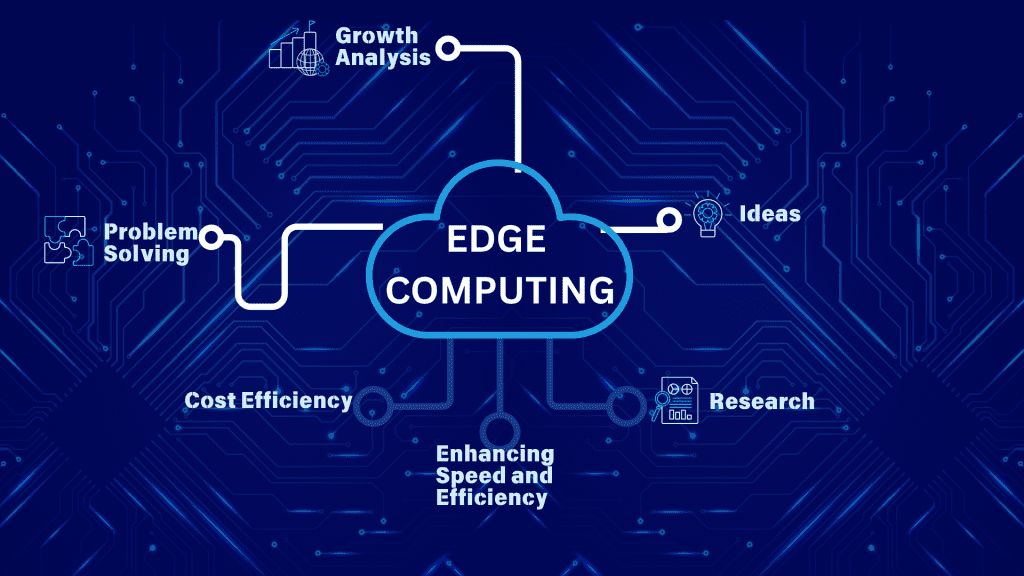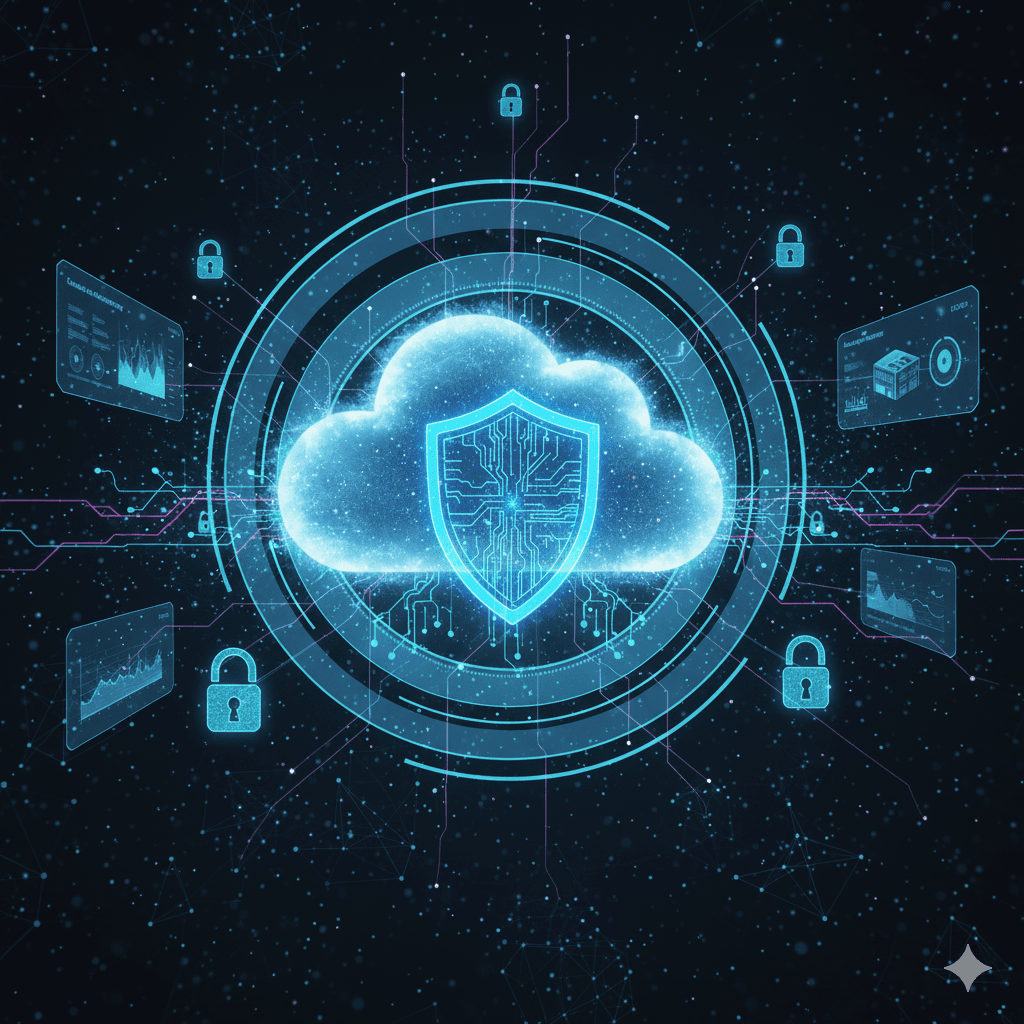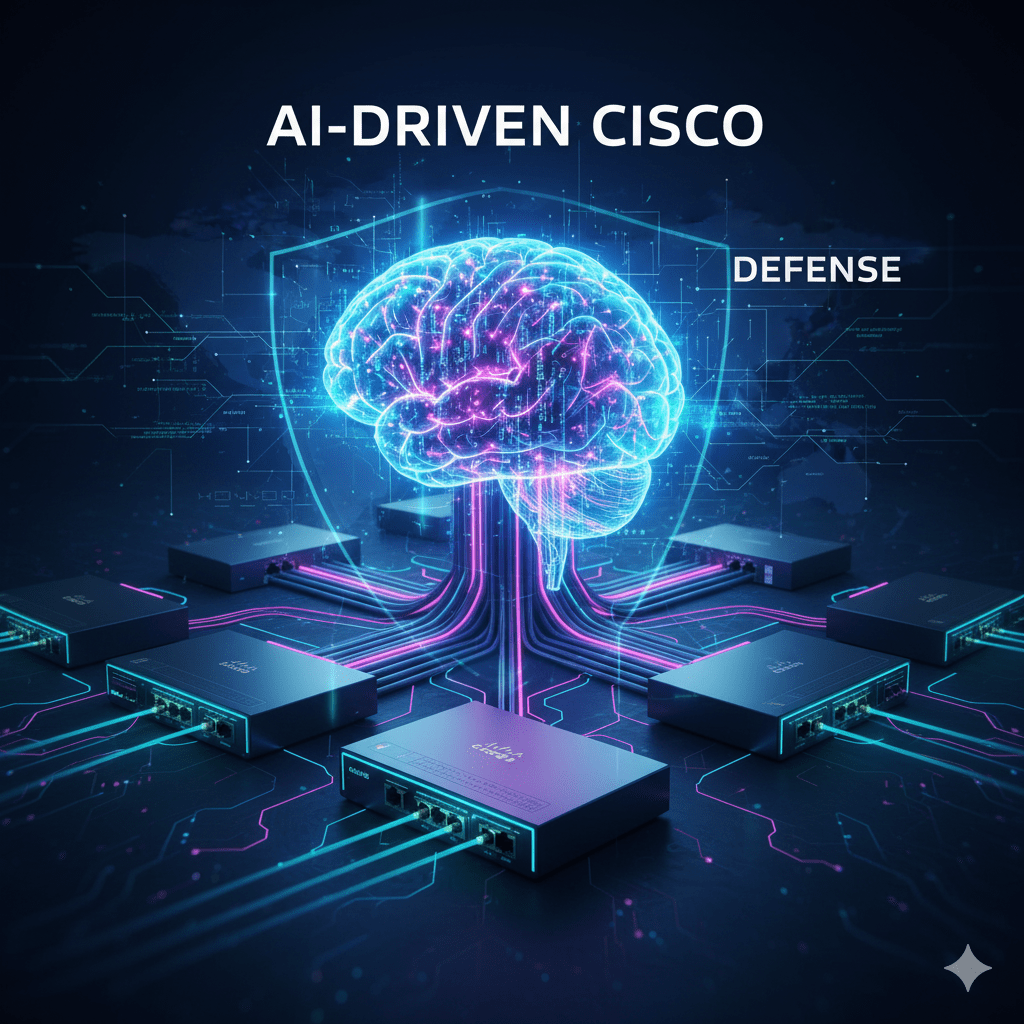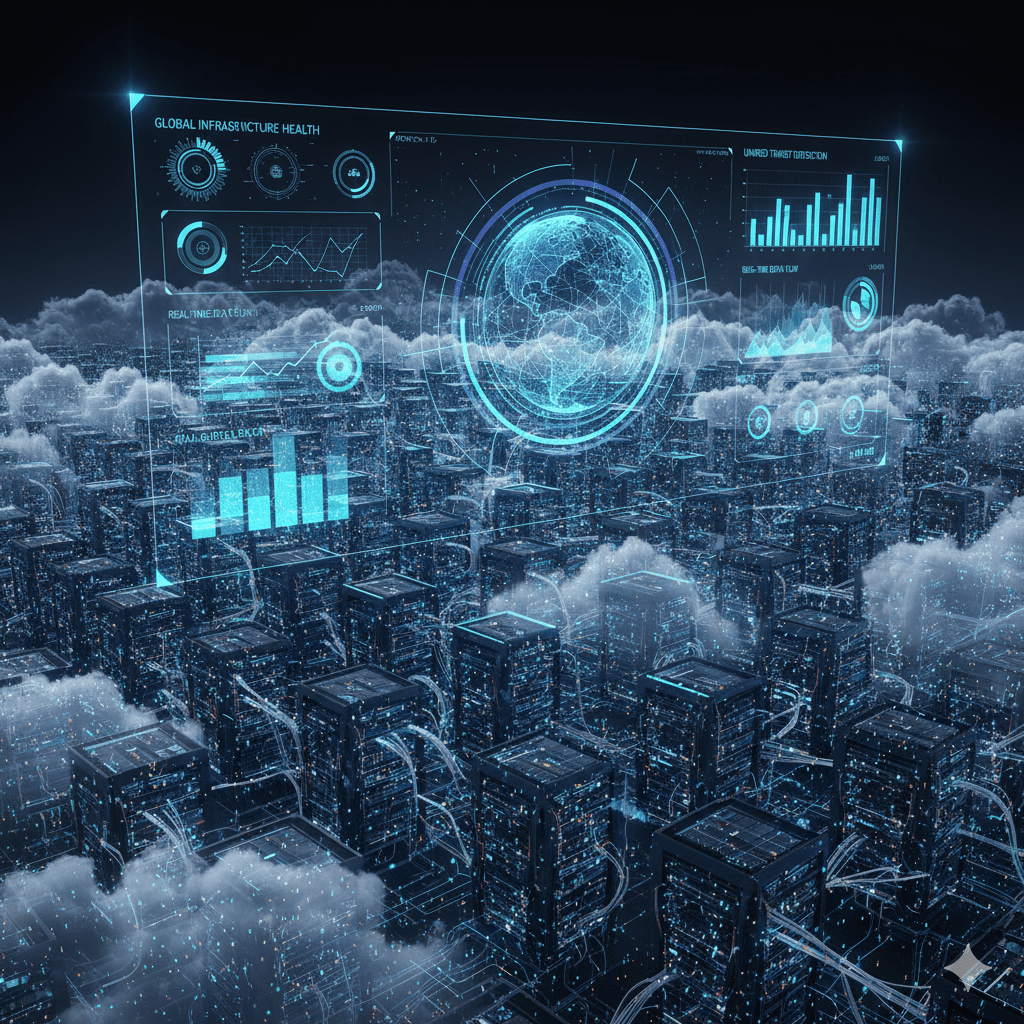As government agencies increasingly rely on data-driven operations, edge computing is emerging as a transformative technology. It enables real-time data processing closer to the source—reducing latency, strengthening security, and improving overall efficiency. This shift is especially critical for public sector organizations managing sensitive data and mission-critical applications.
What Is Edge Computing?
Edge computing is a distributed IT architecture that processes data near its origin rather than sending it to a centralized cloud or data center. For government agencies, this means quicker access to actionable insights and reduced dependence on distant data centers—critical for time-sensitive operations such as emergency response or defense systems.
Why Edge Computing Matters for Government IT
The public sector generates massive amounts of data daily—from IoT-enabled infrastructure to public safety systems. Processing all this information in the cloud introduces latency, costs, and potential security vulnerabilities. Edge computing solves these challenges by:
Enhancing Speed and Efficiency: Data is processed locally, enabling faster responses in mission-critical operations.
Boosting Security: Local data processing minimizes exposure to external threats by limiting data transfers.
Improving Cost Efficiency: Reducing cloud dependency lowers bandwidth and storage expenses.
Supporting Real-Time Decision-Making: Agencies can make faster, data-backed decisions during crises.
Key Applications in Government IT
Edge computing is being integrated into several areas of government operations, including:
Public Safety and Emergency Services: Real-time video analytics at the edge can detect threats or incidents faster, improving first responder coordination.
Smart Cities: Traffic management systems and energy grids use edge computing for local decision-making, optimizing performance and sustainability.
Defense and National Security: Edge-enabled devices in the field enhance situational awareness while keeping data secure and decentralized.
Healthcare and Public Health: Government-run hospitals and agencies can process patient data locally, ensuring compliance with data privacy regulations.
Environmental Monitoring: Edge computing allows for instant analysis of sensor data to respond quickly to climate or pollution changes.
Challenges and Considerations
While edge computing offers numerous benefits, successful implementation in government IT requires addressing certain challenges:
Infrastructure Investment: Agencies must upgrade legacy systems to support distributed computing.
Data Governance: Clear policies must define how edge data is stored, shared, and secured.
Integration with Cloud Services: Hybrid approaches will be needed to balance scalability with performance.
Cybersecurity Risks: Although edge systems can enhance security, they also expand the number of endpoints that must be protected.
The Role of D2D IT Services in Edge Computing Evolution
At D2D IT Services, we specialize in helping government organizations modernize their IT infrastructure. Our solutions—ranging from data center modernization to cloud and network optimization—lay the foundation for successful edge computing deployments. We focus on creating secure, scalable, and mission-aligned architectures that enable agencies to harness the power of edge computing effectively.
The Road Ahead
As government agencies adopt digital transformation strategies, edge computing will become a cornerstone of next-generation public IT ecosystems. Combined with AI, IoT, and 5G technologies, it promises to make government operations more intelligent, responsive, and citizen-focused.








